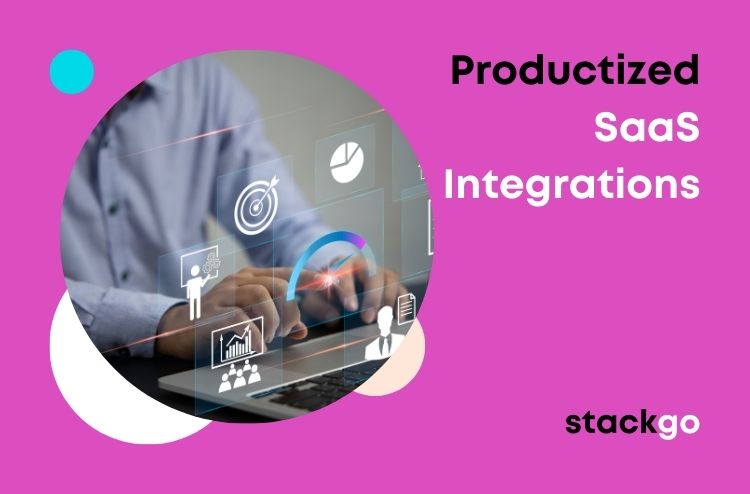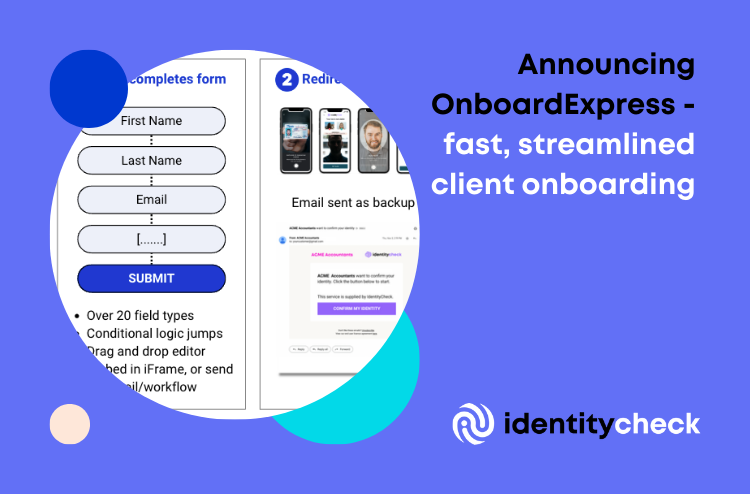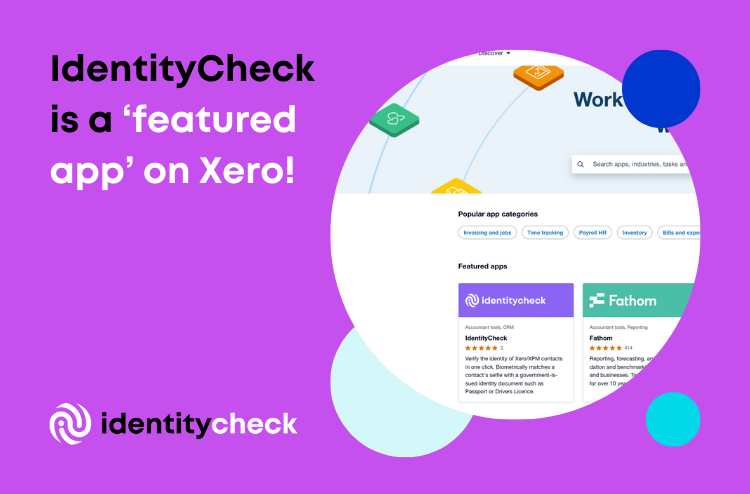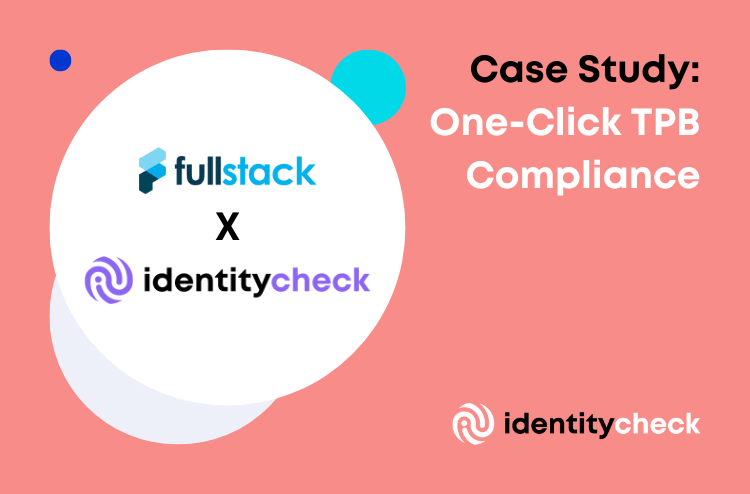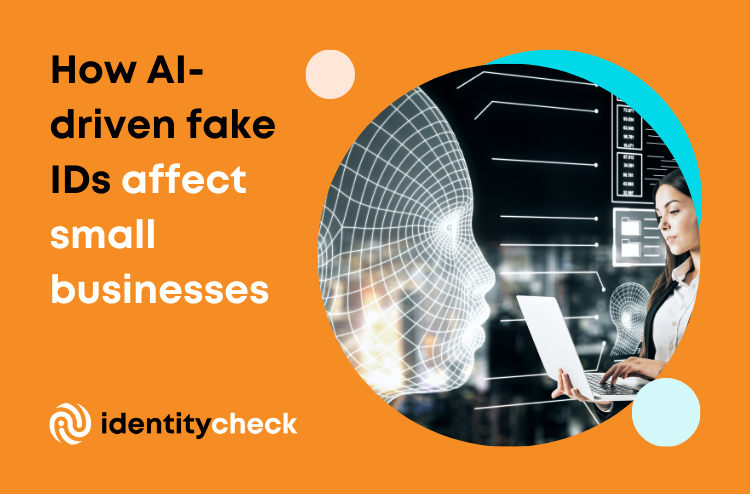As a founder of a B2B startup, it’s no secret that success is never guaranteed. The odds are stacked against you, with the vast majority of startups failing within their first few years. But there are certain strategies and tactics that can improve your chances of success, and one of those is leveraging the power of productized SaaS integrations.
In this post, we’ll explore how productized SaaS integrations can help early-stage B2B founders boost their chances of success, as well as provide some tips for how to implement these integrations effectively.
What are productized B2B SaaS integrations?
SaaS, or Software as a Service, refers to a business model where software is delivered to customers over the internet. This is in contrast to the traditional model of purchasing software and installing it on your own hardware.
SaaS products are often subscription-based, with customers paying a monthly or annual fee to access the software. This allows them to access the latest features and updates without having to worry about installing and maintaining the software themselves.
One of the key benefits of SaaS products is the ability to integrate them with other software tools. This means that different SaaS products can work together to share data and functionality, allowing you to create a more seamless and efficient workflow for your B2B customers.
For example, you might integrate your SaaS app with a user’s customer relationship management (CRM) tool, allowing the two systems to share information about projects and customers. This can save your customers time and effort, as well as provide valuable insights and analytics.

How Productized integrations differ from Zapier/Integromat
Another key point of differentiation is the fact that unlike tools like Zapier or Integromat where each user has to configure their own integrations for their own stack, productized integrations are one-to-many i.e. once built each integration can be offered to all of your B2B customers. This makes productized integration more scalable and provides a more seamless user experience.
| Factor | Zapier/Integromat | Productized Integration |
| Who builds it | The customer | Product Owner |
| Who is responsible when it breaks? | ??? | Product Owner |
| Number of times built | Multiple (for each customer) | Once, used by many |
| Skills required to enable | Automation experience | None |
| Time to enable | Up to several days, depending on the complexity | < 5 minutes |
| Sophistication | Low – simple integrations only | Advanced, fully native API, unlimited logic |
There are several ways in which SaaS product integrations can help early-stage B2B founders improve their odds of success. Here are some of the key benefits:
Increased efficiency and productivity for B2B customers
One of the biggest challenges for early-stage B2B founders is the need to provide value and benefits to their customers within their current workflow. By integrating your SaaS products with your customers’ existing tools and systems, you can help them increase their efficiency and productivity.
For example, you might integrate your SaaS app with your customers’ accounting software, allowing them to automatically track project expenses and revenue. This can save them time and effort, as well as provide valuable insights and analytics whilst increasing your mindshare with your clients.
Improved customer experience for B2B customers
As a B2B startup, your success is largely dependent on your ability to surprise and delight your customers. One of the key ways to do this is by delivering a great customer experience.
SaaS product integrations can help you deliver a better customer experience by providing a seamless and integrated experience across different touchpoints and workflows. With productized integrations, you can provide a more personalized and tailored experience for your B2B customers that is more in line with how they want to use your SaaS.
For example, you might integrate with your customer’s CRM tool or with their customer support platform, allowing your apps to remain in sync with the rest of their technology stack. This means that your app can take smart decisions to boost or suppress messages/actions/results based on contextual information.

Enhanced collaboration and communication with B2B customers
Effective collaboration and communication with your customers are critical for the success of any B2B startup. As a founder of a B2B SaaS app, you need to be able to coordinate and orchestrate app experiences that work to make it easy to track the actions undertaken by your B2B SaaS app as well as within the customer’s stack.
Productized SaaS integrations can help you improve collaboration and communication with your B2B customers by providing a seamless interchange of information between platforms for sharing information and updates.
For example, you might integrate your project management tool with your B2B customers’ messaging and file-sharing tools, allowing them to access project updates and documents in real time. This can help improve transparency and accountability, as well as enable more effective collaboration and communication.
Tips for implementing SaaS product integrations for B2B customers
While SaaS product integrations can provide many benefits for B2B customers, it’s important to approach them strategically and carefully. Here are some tips for implementing SaaS product integrations effectively:
Start small and focus on the most important integrations
When implementing SaaS product integrations for your B2B customers, it’s important to start small and focus on the most important integrations first. This will allow you to test and refine your approach, as well as minimize the risk of any disruptions or challenges.
For example, you might start by integrating your project management and CRM tools, as these are likely to provide the most immediate benefits for your B2B customers. Once you’ve got these integrations working smoothly, you can move on to other tools and systems.
Choose tools that are compatible and flexible
When selecting SaaS products to integrate with your B2B customers, it’s important to choose tools that are compatible and flexible. This will ensure that the integration process is as smooth and seamless as possible, as well as provide the maximum benefits.
For example, you should look for tools that offer APIs (application programming interfaces) and integration capabilities, as well as a range of pre-built integrations with other popular tools. This will make it easier to connect your tools and systems, and enable your B2B customers to access more advanced features and functionality.
Use automation wherever possible
One of the key benefits of SaaS product integrations is the ability to automate tasks and processes. This can save your B2B customers time and effort, as well as provide more accurate and reliable results.
For example, you might use automation to trigger actions based on specific events or conditions. For example, you could automatically send a follow-up email to a B2B customer who hasn’t responded to your initial message or update a project status in your project management tool when a task is completed.
Monitor and measure the results
Finally, it’s important to monitor and measure the results of your SaaS product integrations for your B2B customers. This will help you identify any challenges or issues, as well as provide valuable feedback for future improvements.
For example, you might track metrics such as the time savings from automation, the increase in customer satisfaction, or the improvement in collaboration and communication. This can help you identify areas for improvement and optimize your use of SaaS product integrations for your B2B customers.
Productised SaaS integrations by stage:
In this section, we will consider some of the key tradeoffs and features to keep in mind for each stage of the startup journey.
Pre-Alpha
At this stage, you are pre-product and likely doing heavy amounts of customer research and validation. To boost your efforts with Productised integrations gains a few things:
- Access to customer’s key account data gets enabled for further analysis and building useful mockups for the potential users
- A measure of their confidence in your value prop that is separate from the monetary value
- Ability to execute on “mechanical turk” MVPs
For example, if you are building a FinTech app, you might consider doing integrations to customer’s Xero accounts to create reports and/or provide a service
Alpha Stage
Alpha-stage companies have a working minimum viable product and while they might not be monetizing their customer base they are looking for adoptions and usage. Both adoption and usage help point the founders to the key leverage features that NEED to be delivered asap to make the transition to the next stage.
For example, via a productized integration a B2B SaaS app can connect an existing system of record (CRMs, HRIS) or a system to collaborations (Teams, Slack) to drive usage within an organization.
Beta
During the beta stage, it is important to drive mean daily active users (mDAU) and enforce the key land and expand strategy employed by most prosumer B2B SaaS products. These are core metrics tracked during the go-to-market phases during this stage and Productised SaaS integration can help by:
- Make sure your SaaS app remains in sync with the rest of the tech stack
- Ensuring a sticky adoption by being easy to find and discover actions undertaken by your SaaS app
Launch
In the launch phase, SaaS app founders are attempting to ensure that the sales and marketing machine is able to generate a good volume of leads as well as convert them to paid subscriptions. Having productized integrations with B2B SaaS applications you can:
- Sign up for partner programs and share potential customer-targeting insights
- Get listed on the marketplace or a similar promotional page
We will be looking at some further stages of the Startup Journey and how they relate to the evolution of the Productised integration strategy in a follow-up piece. Please join our mailing list to stay informed.
Conclusion
In conclusion, productized SaaS integrations can provide many benefits for early-stage B2B founders, including increased efficiency and productivity for B2B customers, improved customer experience, and enhanced collaboration and communication with B2B customers. By implementing these integrations strategically and carefully, you can improve your chances of success and drive your B2B startup to success. StackGo is a world-leading platform for building productized integrations and makes it easy to get started with building integration for early-stage products like Atlassian, Office 365, Google, Xero and many others. Get in touch and get started on your journey

